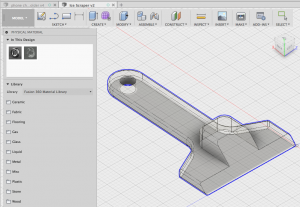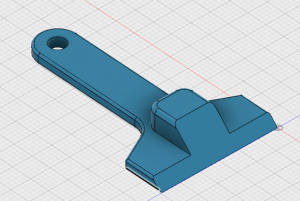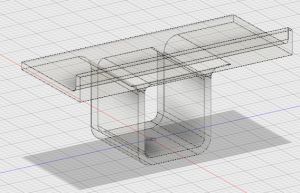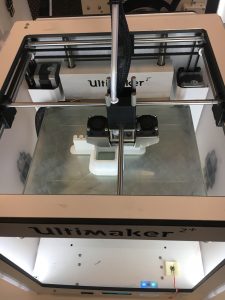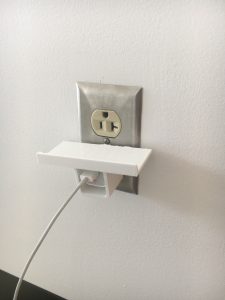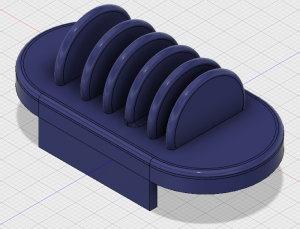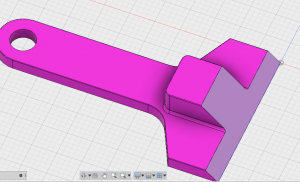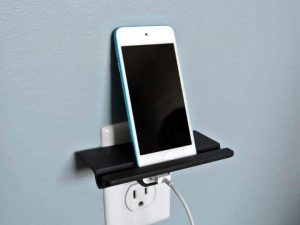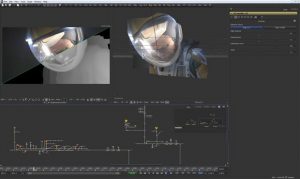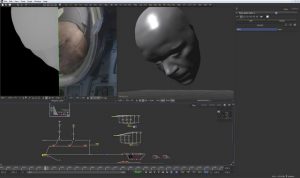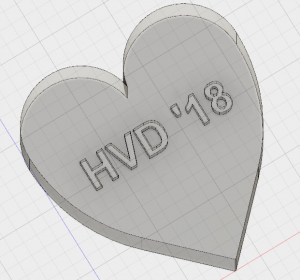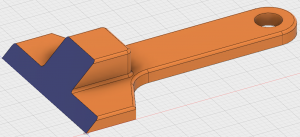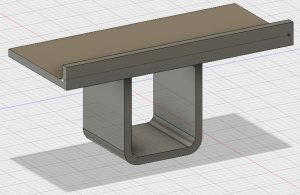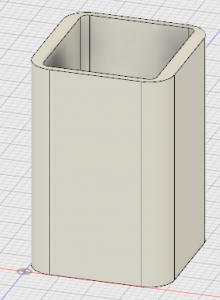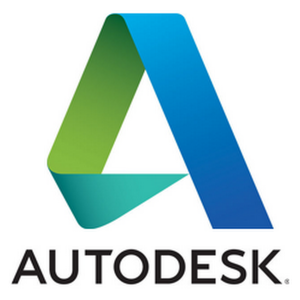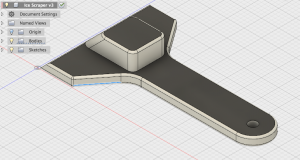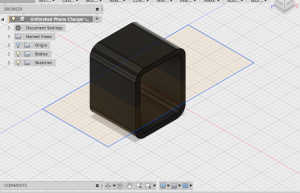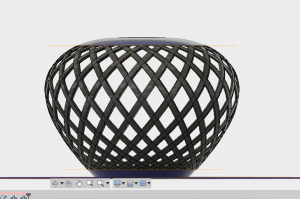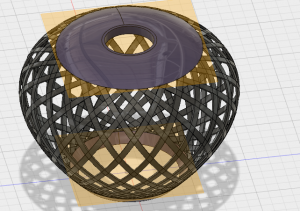This week in class we had a guest presentation on Fusion 360 from Dan Banach, who has more years of experience with modeling software than most of us have been alive. Although I have some experience with modeling objects on a computer before, Fusion 360 was a completely new software for me and by far the most complex. Going through the process of modeling an object with Dan was incredibly helpful because he showed us how simple it is to create something on Fusion and a lot of tips and tricks that make Fusion much easier to use. His presentation made me a lot more comfortable with my ability to effectively use Fusion.
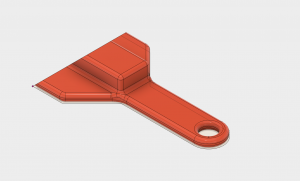
The ice scrapper we modeled together in class was really cool to go through. For the most part I kept up with Dan as he moved through the steps of creating the object but I did learn that it is easy to make a simple mistake that will essentially stop your progress. As I was creating the 2D shape of the ice scrapper, I forgot to put a restriction on one of the lines and that prevented me from being able to create the thumb grip that goes on top of the ice scrapper. Luckily, due to the ability to go back to previous steps in the design in Fusion, Dan was able to figure out what I did wrong and help me fix it quickly. I also struggled with getting some of the edges to fillet as I kept getting an error telling me it was not possible. Somehow I got it to work although I still don’t know how I got it to work. Overall, this ice scrapper is something I definitely want to print because I can see myself using it a lot.
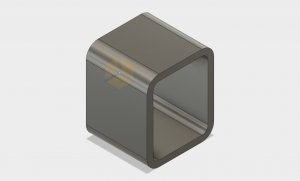
While attempting to make the phone shelf, I struggled with getting the actual shelf to merge to the charger mount. For some reason it kept going into the middle of the mount and would not sit on top. Unfortunately my laptop died before I could finish it so all I have is the shape of the mount.
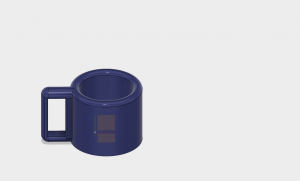
When thinking of an everyday object to make I immediately thought of a coffee mug because I drink at least 4 cups a day and tend to collect mugs. I also figured it would be relatively easy to model. I’m not sure how effective a 3D printed coffee mug would be but modeling one is great practice. While making this I used a lot of the steps that Dan showed us and it really made a difference.
https://forums.autodesk.com/t5/autocad-forum/view-cube-stops-working/td-p/3026626
While researching some issues I had with Fusion 360, I found that the forums on the Autodesk website are very useful for finding solutions for bugs or other issues. There are hundreds of people out there that use Fusion so if you have a problem there’s a good chance someone else has it and already found a solution.

